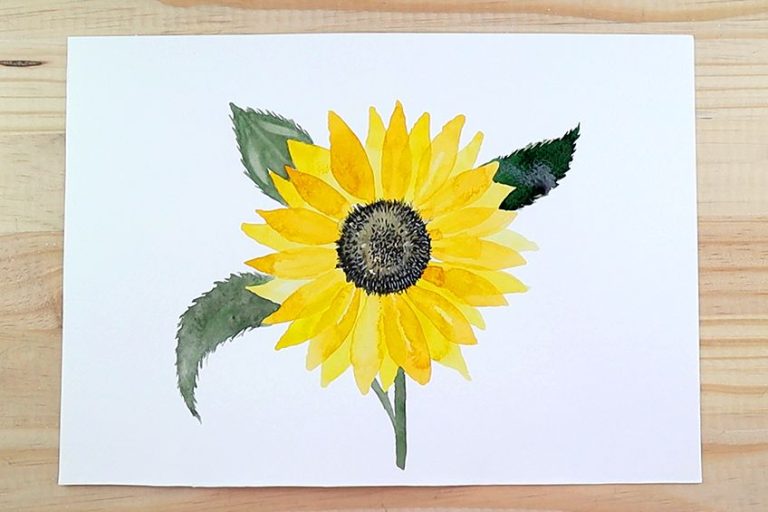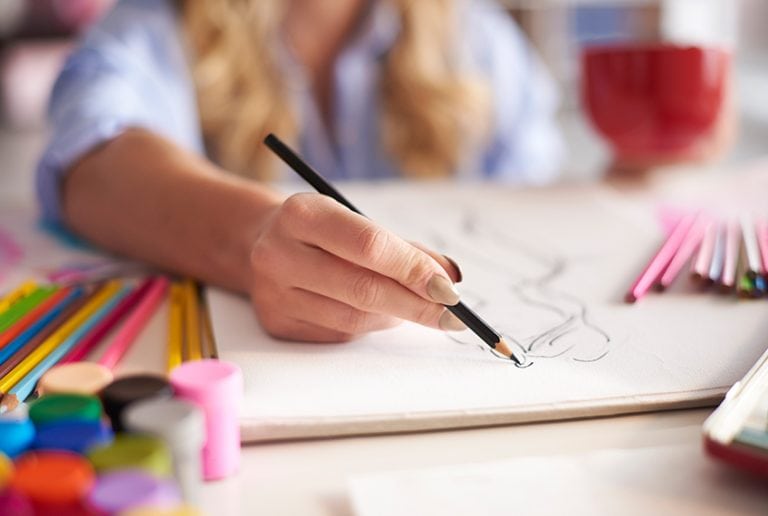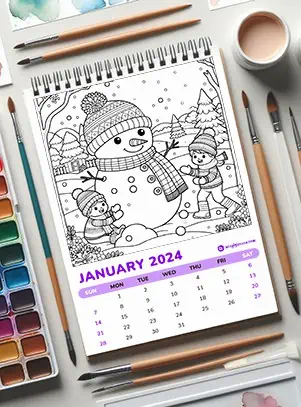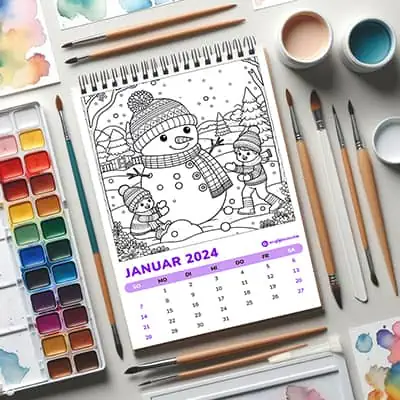Best Drawing Pens – Discovering the Best Art Pens on the Market
This post may contain affiliate links. We may earn a small commission from purchases made through them, at no additional cost to you.
In the past, sketching pens were mainly used by professionals like architects, but today, you have illustrators, artists, and hobbyists that also make use of these amazing pens. Also known as illustration pens or art pens, they are recognized for their precision and detailed applications. The drawing pens are not something you would have lying around the house like a normal pen or pencil. So, whether you are a professional architect, artist, or simply want to begin sketching with these pens, you should be able to find a pen for drawing that suits your needs. We will be delving a little deeper into what the best drawing pens are and providing a few tips on how to use them.
Table of Contents
Types of Art Pens
As with many products on the market today, there are many choices available. Sometimes, this can be a bit confusing, especially if it is the first time you are looking for a pen for drawing. First, you should know what you want to use the art pen for, as many of the pens provide different effects. Most illustration pens are designed for precision work and are fast-drying, which is why many illustrators prefer this type of pen.
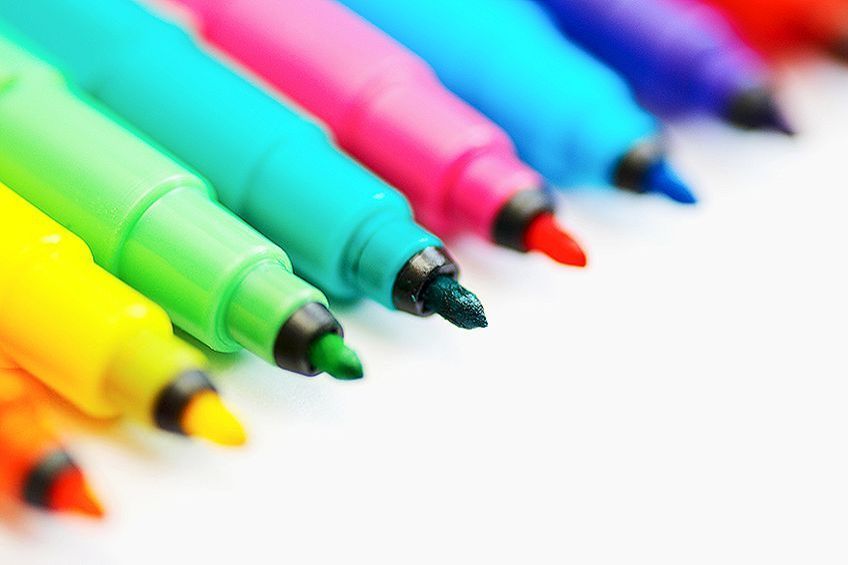
All the best drawing pens come in a variety of types that are made for drawing, linework, drafting, calligraphy, and many more. Each type of pen offers something different, so it is important to understand these differences before you make a choice. However, once you have an idea of how everything works, you can easily mix and match the pens as you work.
Gel Pens
Gel pen art is something that crafters would enjoy as there are many colors available. The high viscosity allows for smooth application and is great for those who love to doodle or use it for adult color projects. The gel pens are great for multimedia projects as they can produce controlled linework, perfect for illustrations, gel pen art, and writing. The vibrant colors, which can include a glittering variety, are produced using a pigmented and water-based gel, which when applied, becomes fade-resistant and waterproof once dry.
The one disadvantage is that the gel pens tend to skip and do not flow as smoothly as your roller ball ink pens.
Felt-Tip Pens
Felt-tip pens contain a quick-drying water-based ink and are used more for smaller projects, coloring, and writing. The felt tip nib is what holds and dispenses the ink and can be used as a fine liner but can also have broader tips. The pens offer a variety of vibrant colors that are smear-proof. They provide permanent markings but are not lightfast.
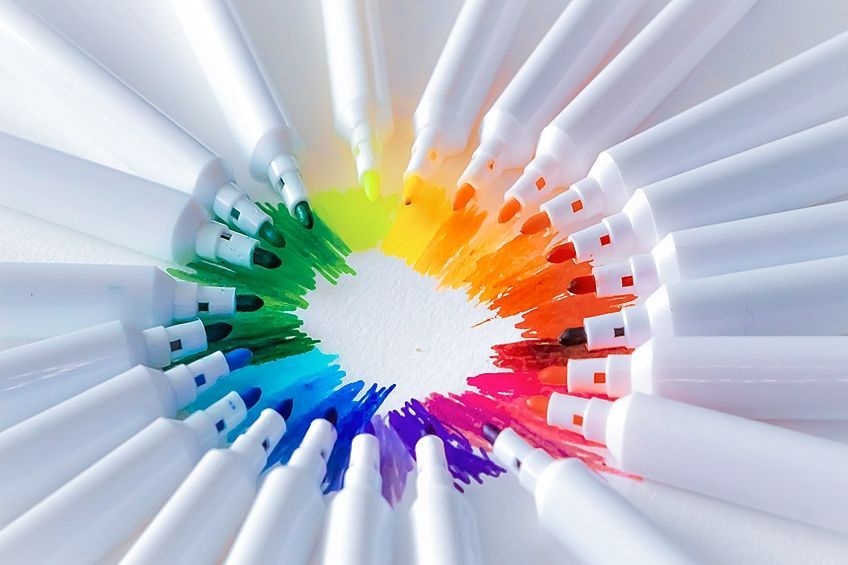
Ballpoint Pens
Ballpoint pens contain an oil-based ink that is quite thick and are the pens used in most households and businesses. The ink is dispensed through a round steel tip that moves across the paper’s surface. The pen is not commonly associated with art and drawing; however, some artists do use the pens to create illustrations and pen sketches.
These pens are affordable, dry quickly, do not smudge or bleed through paper and last a long time.
Brush Pens
These are for applying bolder color and imitating the application of a brush. The nibs can be made from natural hair, or they can be synthetic nylon. These pens are popular for use in calligraphy and other art applications as they respond to pressure and angle, producing different effects. Brush pens come in different sizes from fine to broad and also come in soft and firmer tips. They can also come with dual tips, which makes them more versatile. These art pens are quite affordable when compared to other pen options and come in a variety of colors, or you can also get them as a black pen set.

Fountain Pens
These have been fashioned to act like the traditional ink dip pens and come with different metal nibs. Modern fountain pens come with an internal reservoir, eliminating the process of dipping the tips into the ink. Those who enjoy calligraphy use these pens for the way they can produce expressive lines, but they can also be used in drawing.
These water-based ink pens can be costly, however, many of the pens are refillable and can be used in conjunction with other types of art pens.
Roller Ball Pens
These pens have a water-based ink or gel, which is why they might bleed through paper and feel a bit runny. This is why the pens provide a smoother application without skipping as there is a more consistent flow. You also have a large variety of colors and work well for more detailed drawings.

Dip Pens
These pens are similar to fountain pens, but the tips are dipped into an inkwell as there is no ink reservoir inside the pen. They also come with a variety of metal tips and are popular with those who do illustrations, cartoonists, and calligraphy artists. This is a more old-fashioned way of using an art pen, but many prefer using these pens as you can change colors quickly, you can use different kinds of inks, and many simply enjoy the experience.
The problem with some of these pens is that they smudge easily, and they dry slowly.
Fineliner or Pigment Liner Pens
These offer similar precision applications as the technical pens and come in different tip sizes. These are a popular choice of pen and can be used for technical drawing, sketching, cartoon art, illustrating calligraphy, and more. The pens most commonly come in black ink, but there are also different colors available.

Technical Writing Pens
These are more specific pens, created for drafting and other technical drawing projects. They offer extremely precise and consistent lines that are required in these fields.
You can usually find very fine-tipped pens that come in a variety of widths, making them perfect for any detailed work.
How to Purchase the Best Art Pens
Now that you have an overall knowledge of the type of drawing pens available, the next step is to know what to look out for when you go out to purchase the pens. If you are an artist or illustrator, you want pens that are high quality and can offer what you are looking for. There is no specific guide to the right pen, and you may have to try a few out to find the best one, but there are a few things to take note of.

Look for Archival Pens
When out shopping, make sure to look for pens that state they are archival. This means the pen contains ink that will not fade if you use and store your drawings properly. As an artist, your work must last a long time. You can find products like an archival pen; however, you can also get the archival ink separately.
If you are not worried about your work lasting for years, then you do not have to worry about this feature.
The Ink Being Used
The ink inside the pens can be dye ink or pigment ink, if you are looking for the most durable and color-rich ink, then pigment ink is what you want to go for. There are more features you can look out for when it comes to the ink pen. Most features can be obtained from reading the label. You can ask yourself if the ink pen does any of the following.
- Bleed-proof
- Smudge-proof
- Waterproof
- Lightfast or fade resistant
- Permanent
You want good quality ink when selecting a pen set. Choosing a poor quality pen will lead to ink bleeding through the paper, and you will most probably struggle with smudging. The finished workpiece, if kept over time, may begin to fade. So, a high pigment, good quality ink that is water-based is a good option. You might also want to take note that some pen sets come in a variety of colors, while others are all black.
Pen Tips
Depending on what you are doing, there are different types and size tips from 0.03 mm up to 0.8 mm. You can get pens with extremely fine tips to medium and broader tips. Each of these provides finer to broader lines and produces faster or slower ink flow. For smoother and more controlled applications. The brush pens also offer softer and harder tips and offer variations in flexibility. Many of the pen tips are made from different materials, from felt tips to metal tips.

Refillable Pens
Some pens can be on the expensive side, and pens that have refillable cartridges can be more cost-effective than the pens that must be disposed of. Some pens, like a fountain pen, can be filled with your chosen ink. The dip pens can simply be dipped into new ink each time.
You can also go for cheaper, disposable pens if that is what you are looking for.
How Well Does the Pen Perform?
You want a pen that writes or draws smoothly, and that is comfortable to hold for long periods. A pen that offers the best comfort levels, will have you writing and drawing faster and more effectively. This will simply help improve the overall experience of using art pens. You can also consider the usefulness of a pen. Can the pen be used for meetings as well as that school art project? Also, can the pen write on all kinds of paper? Choosing a more versatile pen, could be more practical and save you money.
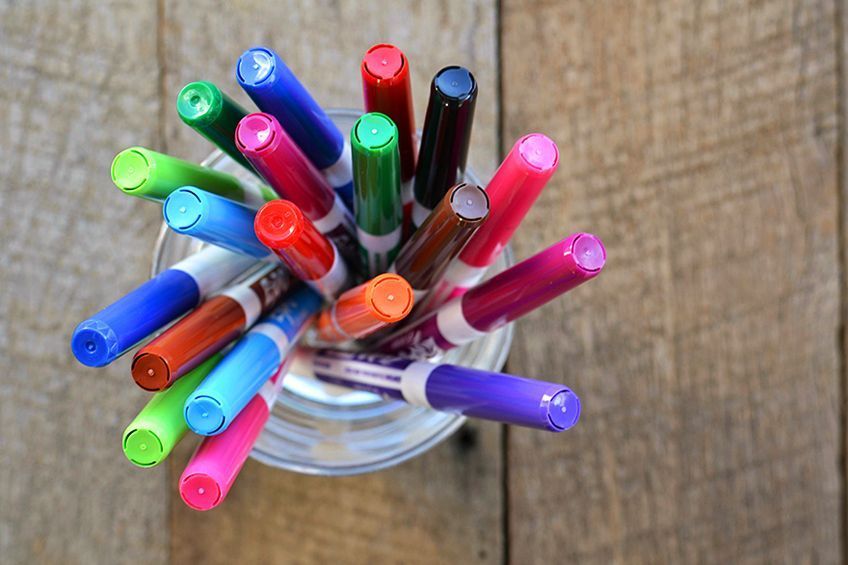
A Comparison Table of the Best Drawing Pens
There are quite a few choices when it comes to art pens, but you should be able to find the right pen for your needs. Experimenting with some individual pens might be a good idea before purchasing any pen sets. Also, many of the different types of pens and the features of each, depending on the type of paper used, the brand, and the type of ink.
Below is a comparison table of the types of pens and three major features drawing pens may possess.
| Type of Pen | Bleed-Proof | Permanent/ Archival | Smudge-Proof |
| Gel Pens | ✔ | ✔ | ✘ |
| Roller Ball Pens | ✘ (depends on the paper) | ✔ | ✘ |
| Ballpoint Pens | ✔ | ✔ | ✔ |
| Felt-Tip Pens | ✔ | ✔ | ✔ |
| Brush Pens | ✔ | ✔ | ✔ |
| Fountain Pens | ✘ | ✘ (depends on the ink used) | ✘ |
| Dip Pens | ✘ | ✘ (depends on the ink used) | ✘ |
| Technical Pens | ✔ | ✔ | ✔ |
| Fineliner Pens | ✔ | ✔ | ✔ |
The Best Drawing Pens
Even though there is all this information available about art pens, it is still difficult to choose a pen from all the products available. The best way to find a pen that works for you is to test a few out. Always read the product reviews and chat with some fellow artists who have already used various pens. Below we have three of the best drawing pens, one felt-tip, brush, and pigment liner pen.
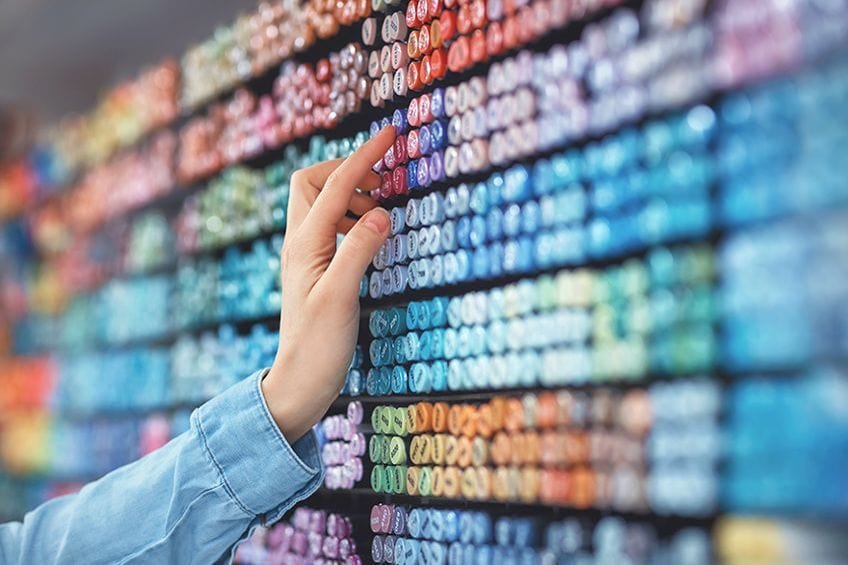
Best Felt-Tip Pen: AMAZON BASICS Felt Tip Marker Pens
The felt-tip pens by Amazon Basics offer a smudge-proof experience with its water-based ink. The pens also provide a high pigment yield and are perfect for use with any kind of arts and craft project. The tip features a non-fray felt composition and is an excellent width for those detailed pieces. The pen as a whole is very durable and comes with a matching color pen and cap. These pens are affordable, come in various colors, and will not bleed through the paper you are using. These might not compare with higher quality pens, but they are perfect if you are looking for a budget-friendly alternative that still works great.
- A set of 24 felt tip marker pens in a variety of bright colors
- The water-based ink is highly pigmented and smear-resistant
- The medium width tip is designed to be non-fraying
PROS
- Comes in different colors
- Smudge-proof
- Will not bleed through the paper
- Water-based and highly pigmented ink
- Great for making notes and writing
- Affordable
CONS
- There are quite a few complaints about the pens leaking
- There are better quality options available
Best Brush Pen: FUDENOSUKE Soft Tip Brush Pen
The soft tip Fudenosuke Brush Pen is perfect for calligraphy purposes, although you can use the pen for doodling, sketch notes, lettering, drawings, and much more. This particular pen is a black pigmented, water-based soft fine tip, but you can also get hard tips that come in ten different colors. You can apply different amounts of pressure to create a variety of line widths, which makes them wonderful for beginners as they can provide a range of strokes from medium to extra-fine. The flexible tip makes it perfect for different drawing techniques. The barrel is made from recycled polypropylene plastic and is comfortable to use.
- The flexible brush tip facilitates writing and drawing styles
- Change brush pressure to create a range of different strokes
- Water-based ink is perfect for calligraphy and art drawings
PROS
- Flexible tip
- Water-based and odorless
- Offers a smooth writing experience
- Do not bleed through
CONS
- Non-refillable
- Limited range of colors
Best Pigment Liner Pen: STAEDTLER Pigment Liner Sketch Set
These Staedtler Pigment Liners come in both black and color varieties. This particular set is six black pigment liners that come in assorted widths from 0.05 mm to 0.8 mm. These pens are excellent for using with stencils, templates, and rulers, and are extremely functional for those who are graphic designers, architects, and other design professionals that use technical drawings in their line of work. The pen ink is lightfast, waterproof as well as smudge-proof. Another great advantage, for those who can get distracted easily, you can leave the cap off for twelve hours and the pen will not dry out.
- The set includes pens that can create 6 different line widths
- The ink is lightfast, waterproof, and smear-proof
- The polypropylene barrel and long metal tip have a long life
PROS
- Smudge-proof
- Waterproof
- It will not dry out easily if the cap is left off
- Lightfast, quality ink
CONS
- It may not be the best choice to use with mixed-media art
What Is the Best Paper for Sketching Pens?
When sketching or creating an art piece, the surface you draw or paint on plays an important role in how the artwork turns out. Many of us have experienced using an ink pen that bleeds through the paper, most inconvenient as it can go even further and mark the underlying page.
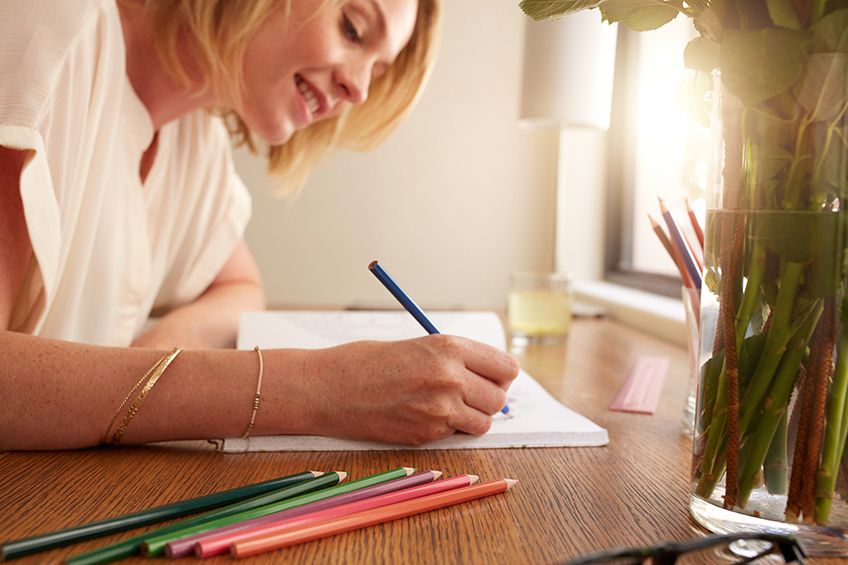
Although your average ballpoint pen might be able to write on your average printing paper, other pens might not do as well. To prevent any problems, it is necessary to use the proper kind of paper. If you are using ink-based pens, some of the below paper choices should be considered.
Sulfite Paper
This specialty paper is made from wood pulp, which has been treated with chemicals such as hypochlorite or peroxide. Many prefer to use this type of paper as it is a high-quality paper that will not yellow over time. The paper will also not become brittle as fast as other kinds of paper.
This is an excellent choice for writers finishing their manuscripts.
Bristol Paper
Another excellent paper choice is Bristol paper, as it is smooth and has less tooth, so the ink is less likely to bleed through or pill on the paper. Once done, any drawing will appear bright and have a clean appearance. The paper is stiff and heavier than other sketching paper, and you can easily apply pens, markers, or even airbrush it.

More Paper Options
The above two options are a popular choice for many, however, there are a few more options you can try. The smooth surface of a drawing sketchbook might be what you are looking for. Otherwise, you can consider the following drawing surfaces.
- Illustration board
- Watercolor paper
- Mixed media paper
Pen Drawing Tips and Techniques
Sometimes, you simply want to doodle and have fun using a drawing pen, and on other occasions, you might want to create something a bit more detailed and creative. In both cases, you might be a bit hesitant to start, as you might not be too sure how to properly handle sketching pens. Well, since you have hopefully chosen the best drawing pen and paper for the job, you are already halfway to creating your brilliant artwork. Now we can have a look at a few tips when working with art pens.
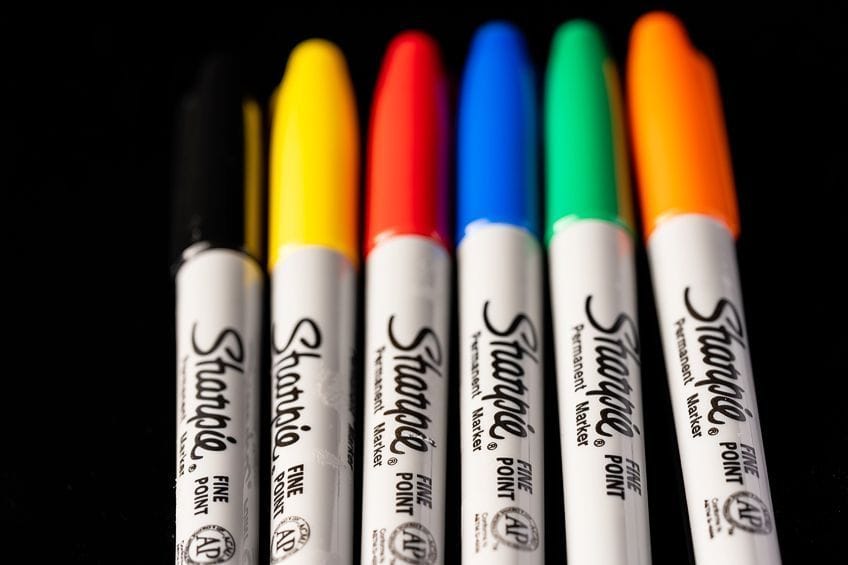
Learn the Different Pen Strokes
When doing a pen sketch, there are a few sketching techniques you might want to get familiar with. These techniques can be used separately or combined to create various effects like creating volume, gradations, or contrasts. Remember, practice makes perfect.
The following techniques are the most well-known pen strokes.
- Random lines: To help create texture, simply apply lines in all directions close to each other
- Stippling: This uses a lot of dots in an area to create value in an image. This may take a little time, but the results are effective
- Hatching: Creating parallel lines in the same direction in a certain area
- Cross Hatching: The same method as hatching, you just add on more lines that cross over the first application of parallel lines. So, these lines will go in the opposite direction, forming a bunch of lines crossing each other
- Contour shading: Working in a similar way to hatching, you simply follow the contours of the object. This can be used when applying both hatchings as well as cross-hatching techniques.
- Contrasting lines: Use the hatching method to create a pattern of lines that are at angles from each other
- Ink wash: You can apply ink onto a surface using a brush instead of a pen
Consider Using a Variety of Pens
You might want to consider getting yourself a variety of different pens. Each type of pen provides different ways to do things. Fine liners or pens can create more detailed work, but you will need something much broader for other types of applications like shadows. Different color pens are also necessary in some cases, or you can work with only black pens. Think about what you want to achieve and then consider the thickness, color, and type of pen you can use.
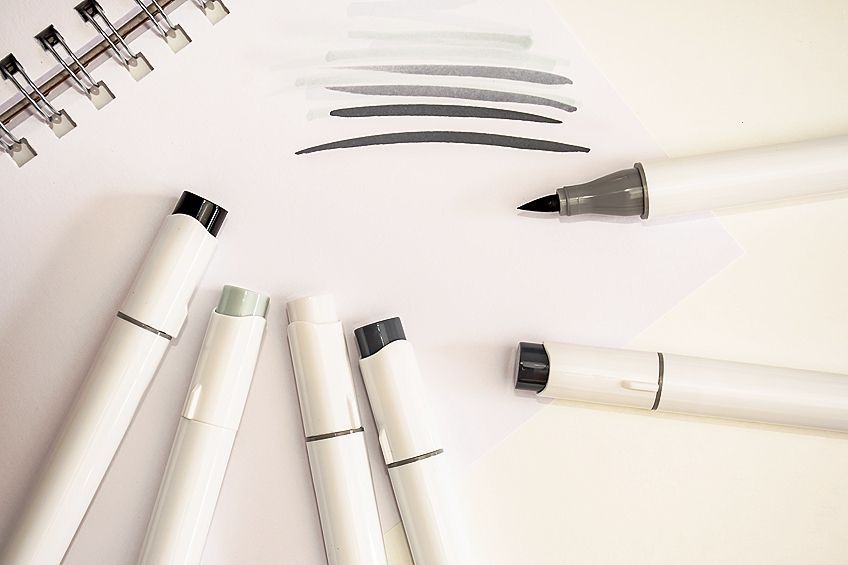
At some point, your non-refillable pens will begin to dry out. Instead of throwing them out too quickly, why not utilize the almost dry pen to create a unique stroke. To prevent your pens from drying out too fast, always remember to place the cap back on securely. Some pens do not dry out easily, but it is best to form a habit of replacing the caps.
Hold the Pen Correctly
When pen drawing, the way you hold your pen can affect the way lines are drawn. Applying pressure or holding the pen lightly can create bolder and thicker lines or thin and fine lines. Some might recommend you hold your pen at an angle (45-degree angle) and work from close to your body and move outward. You can try gripping the pen closer to the nib, for more controlled lines, or lightly grip further up on the pen for lighter, more varied lines.
The best thing to do is to practice and experiment to find out the most comfortable way to hold your pen.
Start by Sketching With a Pencil
When creating a pen sketch, it can be a little intimidating as mistakes are not easily removed. When you sketch with a pencil first, this might take some pressure off as you can simply erase any mistakes. You can easily draw your image with a pencil and then proceed with a pen to finish off.

Art should be a fun experience, so if using a pencil first works for you, go for it. Even small mistakes can simply be covered up. To gain more confidence, you can also practice and explore using different textures and techniques before planning out a specific art piece.
Frequently Asked Questions
What Is Pen Drawing?
When creating a pen sketch, an artist will usually use a pen that contains ink. There are many types of pens, ones with an ink reservoir and others that need to dip into an ink well. These pens can easily be used for calligraphy, writing, and sketching purposes.
Is a Pen Better Than a Pencil When Drawing?
This is ultimately up to each artist, some might prefer pencils, while others prefer pens. Both have their advantages and disadvantages. Pencils are best used for shading and can easily be erased. Pens offer more permanent work, with bolder and more confident lines. Many use pencils and pens in combination for their artwork.
Can You Create Art With Ballpoint Pens?
Yes, ballpoint pens can create finer details and are great for illustrative purposes. These types of pens are inexpensive, easily available, and you can get them in different colors. Ballpoint pens are perfect for making quick sketches and can easily be used in mixed media projects.
What Are The Best Pens For Illustrators?
The most popular pens for illustrators, architects, and other designers, are the technical pens. These illustration pens are used to create fine details and consistent lines. The pens should also be smudge-proof and bleed-proof and come in a variety of pen tip widths.
In 2005, Charlene completed her wellness degrees in therapeutic aromatherapy and reflexology at the International School of Reflexology and Meridian Therapy. She worked for a company offering corporate wellness programs for several years before opening her own therapy practice. In 2015, she was asked by a digital marketer friend to join her company as a content creator, and it was here that she discovered her enthusiasm for writing. Since entering the world of content creation, she has gained a lot of experience over the years writing about various topics such as beauty, health, wellness, travel, crafting, and much more. Due to various circumstances, she had to give up her therapy practice and now works as a freelance writer. Since she is a very creative person and as a balance to writing likes to be active in various areas of art and crafts, the activity at acrylgiessen.com is perfect for her to contribute their knowledge and experience in various creative topics.
Learn more about Charlene Lewis and about us.








